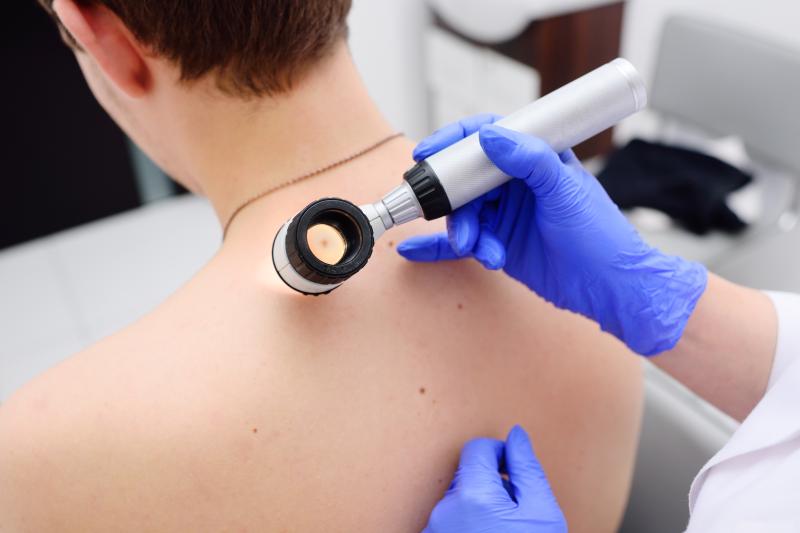
Tumour size, grade, sex, race, and age at diagnosis are all associated with survival in patients with cutaneous pleomorphic sarcoma (CPS), suggests a study. Additionally, surgical tumour extirpation confers a survival benefit over no treatment, while primary or adjuvant radiation does not.
Limited information exists on the influence of demographics, tumour characteristics, and treatment on survival in CPS. To address this, the authors analysed data for 2,423 patients with CPS diagnoses from the National Cancer Institute’s Surveillance, Epidemiology, and End Results (SEER; 1972–2013) to determine the incidence rates and prognostic factors contributing to survival in CPS.
The age-adjusted incidence rate was 0.152 cases per 100,000 person-years and was higher in male than female patients by 4.5 times.
A reduced overall survival was significantly associated with male sex, white race, and increasing age >40 years. Head and neck tumours, tumours >15 mm, and tumours with grade III or IV histology also correlated with significantly lower survival.
Compared with no treatment, surgical excision provided a survival benefit, but radiation therapy appeared to have none. The highest survival was observed in patients with localized disease, followed by those with regional and distant disease.
This study had certain limitations. First, SEER data might not be reflective of all CPS patients. Secondly, the authors did not track recurrences, restaging, or other nonmortality events over time.